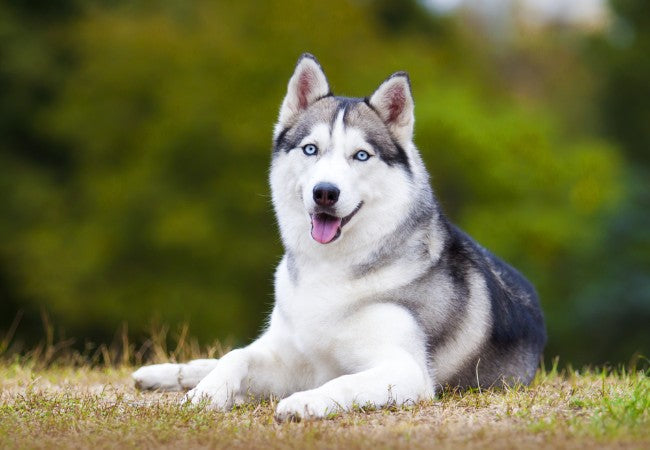Siberian Husky Guide 2025: Vet Approved Adventurous “Wolf-Spirit” ✅🐺

In this article
Siberian Husky Guide 2025: Vet Approved Adventurous “Wolf-Spirit” ✅🐺
By Dr. Duncan Houston BVSc
📜 History & Ancestral Roots
The Siberian Husky was developed by the Chukchi people in northeastern Siberia for sled-pulling and endurance across frozen terrains. Introduced to Alaska in the early 1900s, they earned fame for their role in the 1925 Nome serum run, immortalized in stories and films like *Balto*.
🐕 Appearance & Size
- Height: 20–23 in; Weight: 35–60 lb—medium‑sized but robust.
- Coat: Thick double coat ideal for cold weather; colors span black, gray, red, pure white, and bi-colors.
- Lifespan: 11–14 years, with some living to 15 or 16.
🧬 Health Screenings & Genetic Risks
- Eyes: At risk for PRA, cataracts, glaucoma—annual ophthalmic exams advised.
- Joints: Hip dysplasia rare (~2%), but screen hips and monitor activity.
- Neurology: Prone to seizures—early epilepsy detection is essential.
- Other: Gastric issues, bronchitis, and some genetic conditions reported in working lines.
🎭 Temperament & Behavior Science
Friendly, outgoing, and affectionate—even with strangers. They’re pack-oriented, often howling more than barking, and enjoy companionship. Highly intelligent, they may test boundaries if not given firm, consistent leadership.
👪 Family & Lifestyle Fit
- Great for active families, singles, or experienced owners—social with other dogs and good with children.
- Not suited to hot climates or small apartments without enough exercise.
- Escape artists—secure fencing and supervision are necessary.
🏃 Exercise, Training & Enrichment
- Exercise: Minimum 60–120 min/day—jogs, hikes, pulling sports like canicross or skijoring.
- Training: Independent streak means positive reinforcement, consistency, and short sessions work best.
- 🧼 Grooming & Coat Care
- Brush 2–3 times weekly; daily during shedding seasons (spring/fall “blow”).
- Bath only when dirty; regular ear, dental, and nail care.
- Minimal doggy odor; remove loose undercoat with rake tools during shedding seasons.
🍽️ Nutrition & Feeding Advice
High-quality adult formula for medium-active dogs. Feed twice daily to support metabolism and avoid gastric upset. Discuss joint support supplements with vet if active.
🏥 Preventive Care & Routine Vet Visits
- Annual vet checkups: eyes, metabolism, neurological, and cardiac.
- Vaccines, parasite prevention per guidelines.
- Working dogs may benefit from respiratory and GI health monitoring.
🎬 Pop-Culture & Famous Husky Roles
- *Balto* (1995): animated hero inspired by sled dog serum relay.
- *Togo* (2019): Disney+ film about Seppala’s lead Husky in 1925 relay.
- *Eight Below*, *Iron Will*, *Snow Dogs*, *Call of the Wild* also feature Huskies.
🧳 Travel & Climate Considerations
- Excellent travel companions; acclimate slowly and crate trained.
- Enjoy cold climates; sensitive to heat—use cooling strategies in summer.
- A secure yard is needed to prevent escape and roaming behaviors.
✅ Dr Houston’s Siberian Husky Wellness Checklist
- 📆 Annual exams: ophthalmology, neurology, joints, cardiac.
- 🏃 Daily intense exercise + mental enrichment.
- 🧼 Grooming—schedule increased brushing during shedding.
- 📱 Use Ask A Vet for behavior, heat stress, or health queries.
🌟 Final Summary & Lifestyle Fit
The Siberian Husky offers intelligence, resilience, and deep companionship. Ideal for active, experienced owners in cool climates, they thrive with proper exercise, vet care, grooming, and structured training. With that, you’ll gain a loyal, spirited companion with cinematic legacy and pack heart for years to come.
Need vet-backed advice or Husky-specific support? Visit AskAVet.com or download the Ask A Vet app now. 📱🐺






